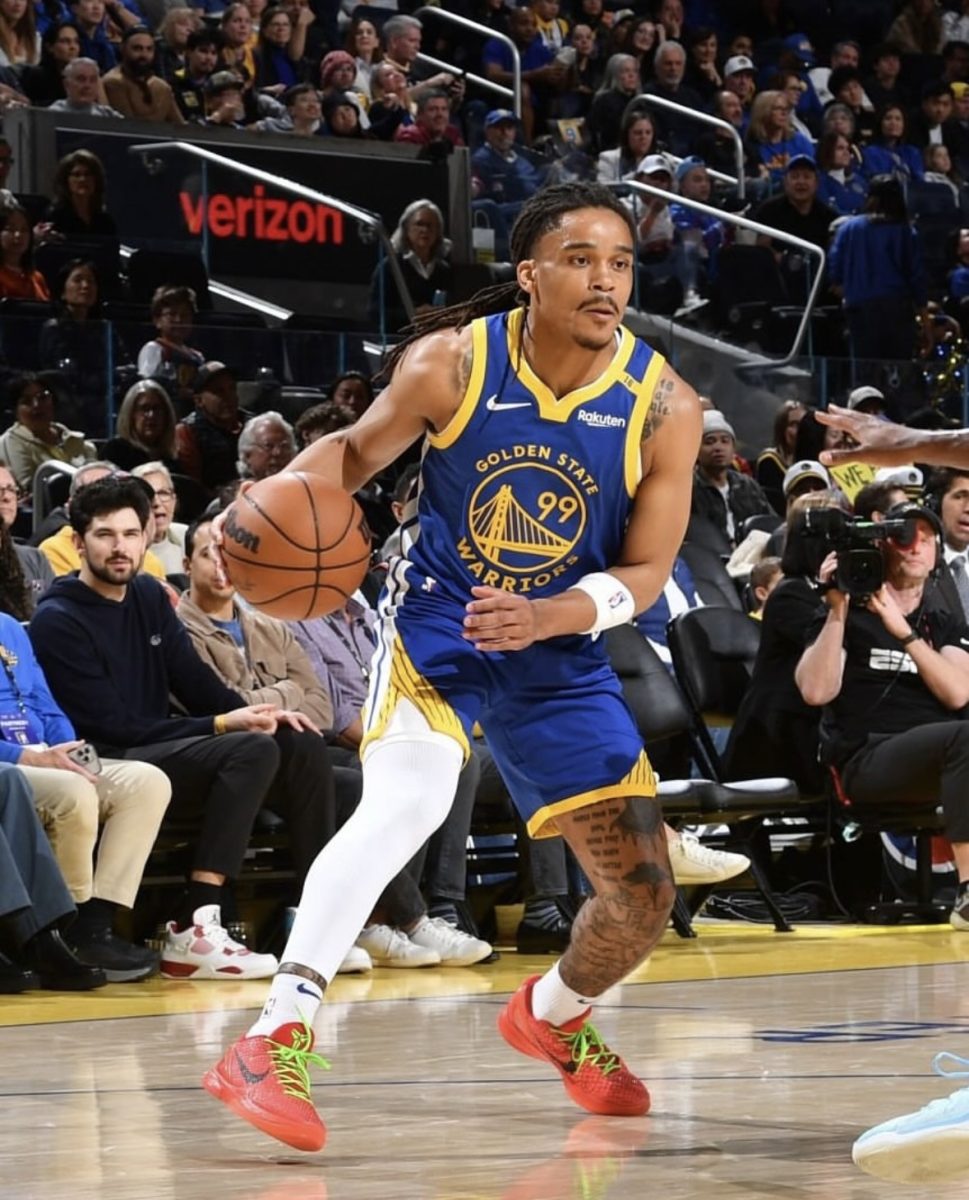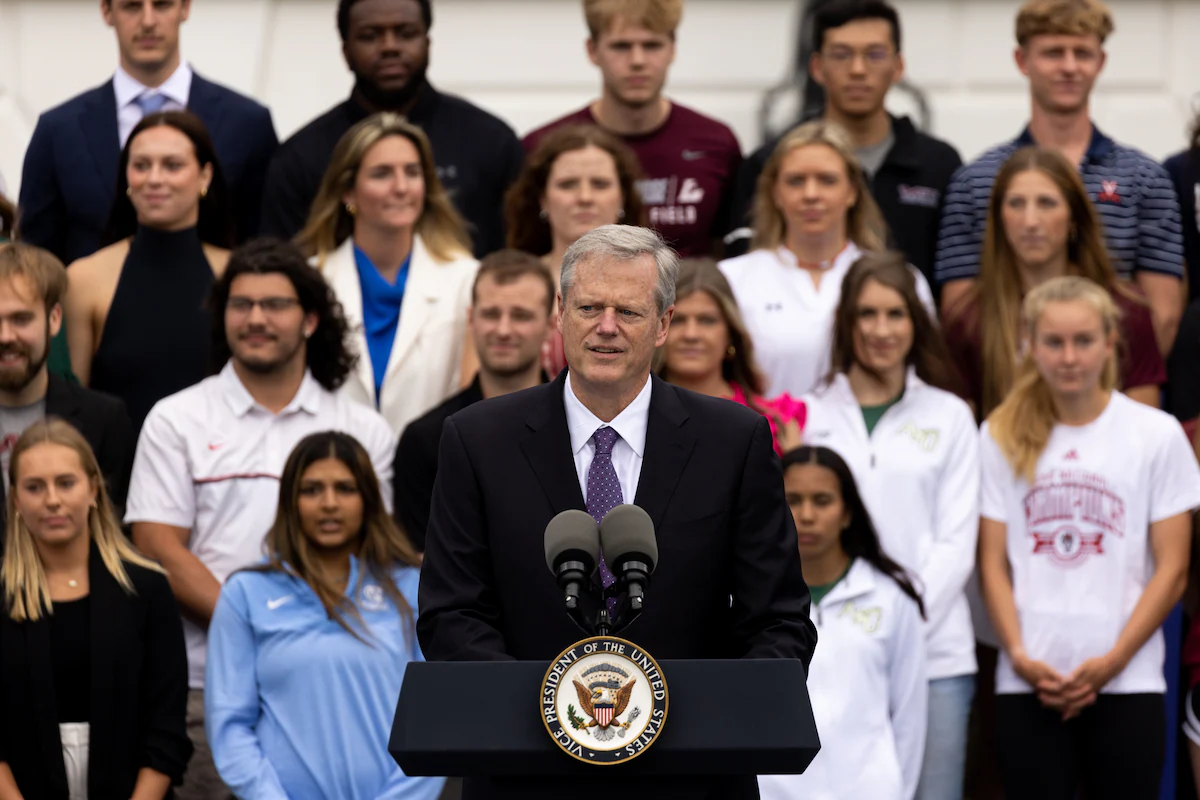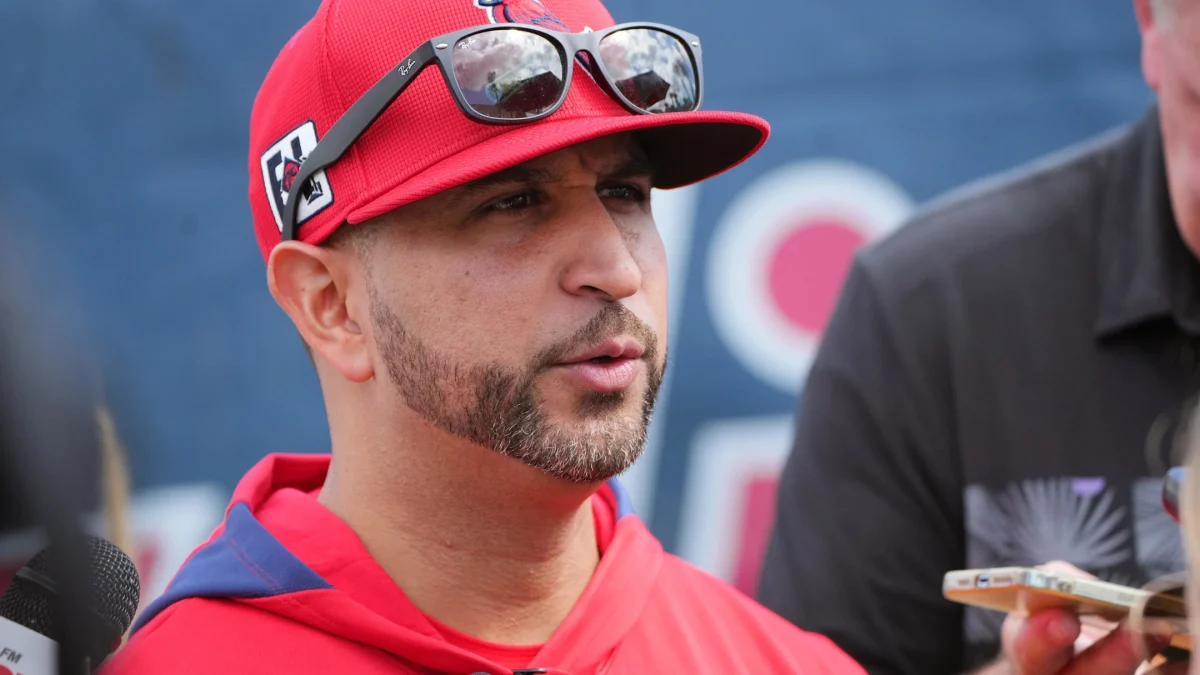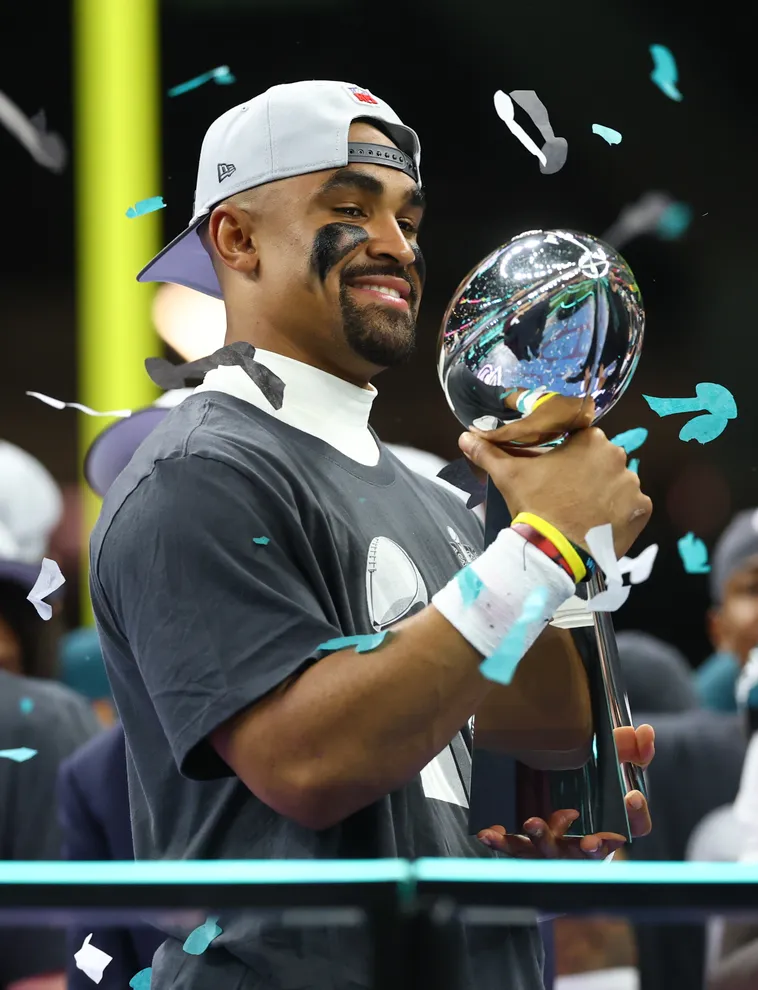Bob Warming resigned from the Saint Louis University men’s soccer program last Thursday to accept the head coaching position at Creighton University.
Warming guided the Billikens for the past four years. SLU went to the NCAA tournament in each of his four years, finishing as a National semifinalist in 1997. SLU claimed the Conference USA Tournament championship twice, and the Bills also were C-USA regular season co-champions twice.
Warming had everything at SLU. The Billiken program has the most knowledgeable fans in college soccer. Alumni support is fantastic. The program has the best on-campus soccer field in America. SLU attracts some of the best players in the country.
So why did he leave?
Warming noted, “Everything is right here,” referring to the players, field, attendance and support. “It was then that I realized that I could go.”
If everything’s right, then why leave? If Warming felt comfortable at SLU, then why didn’t he want to stay? If Warming had the best-players, fans, field, support-then why would he leave?
It doesn’t seem logical.
While everything associated with the soccer program itself may have been “right,” one aspect may not have been great at SLU: Warming’s relationship with athletic director Doug Woolard.
Woolard has had problems keeping coaches in the past, particularly with the soccer program. In 1996, soccer coach Joe Clarke resigned under controversy. Some on-and-off-the-field incidents required attention, and the Billikens were coming off a 5-10-3 season, the first losing season in school history. Clarke’s last day on the job was Nov. 25, 1996.
Clarke coached the Billikens for 14 years, and he never had an assistant coach during his time. In the Aug. 29, 1997 issue of The University News, Clarke stated, “I wanted an assistant coach-it was my prayer. I wanted to be able to divvy up the tasks better. It is just the way it works.”
When Warming took over on Jan. 8, 1997, he hired Donigan as an assistant on Feb. 27, 1997. Why would Woolard give Warming an assistant and not give Clarke one? Did they not get along?
Woolard has had seven coaches resign or retire during his tenure. At the time of their departure, most of those coaches were part-time with no assistant coaches. Woolard hired their replacements as full-time coaches. Some of them received assistant coaches as well.
Here are a few examples. Women’s tennis coach Skip Salzenstien resigned in April 1999. At the time, he was only a part-time coach. During that summer, Woolard hired Derek Mills as director of tennis operations, a full-time position. Mills looks over both the men’s and women’s tennis teams. Later, Woolard hired a full-time assistant for Mills.
Russ Brightman resigned as part-time golf coach in 1999. His successor, Ed Schwent, was later hired as a full-time replacement.
And while it will always be maintained that Charlie Spoonhour retired, rumors persist that Woolard eased Spoonhour out.
What is Woolard’s deal? Under him, coaches with basic program amenities have resigned, only to be replaced by coaches who receive better amenities. Why does he do that? Are the coaches insubordinate? Or, does Woolard just not like the coaches and try to make things so uncomfortable that they have no choice but to resign? Maybe Warming took the Creighton job because he misses Omaha, Neb. Maybe it was more money. But most signs point to him leaving because of Woolard, or Woolard suggesting that he find another job.
But the bottom line in all of this is: Either Woolard should let the coaches run the programs as they see fit and be willing to help them out when and if necessary, or University President Lawrence Biondi, S.J., and the Board of Trustees should replace Woolard.









